5 am EST–Wednesday
My next report will be on Monday and will likely be a video
In this report:
Which markets have bull markets due to a supply squeeze
Which markets remain in bear trends due to poor demand, ample supplies, and/or bearish weather?
Fundamentals affecting the natural gas market
Which market seasonally goes lower, has improving weather, and too many specs leaning in one direction?
Weather Weirdos: Spring and summer weather forecast techniques for global commodities
WeatherWealth Trade ideas
Which commodities have bull markets due to a supply squeeze and lack of supply?
The three Ag markets in solid up-trends with either bottle-neck issues from the Red Sea disruptions or tight supplies brought on by previous weather problems are Robusta coffee, sugar, and cocoa.
It is cocoa that has been my best market (most bullish weather spider) for the last three weeks. Remember, when my spider is >+4 to +6 or <-4 to -6 one can employ futures strategies.
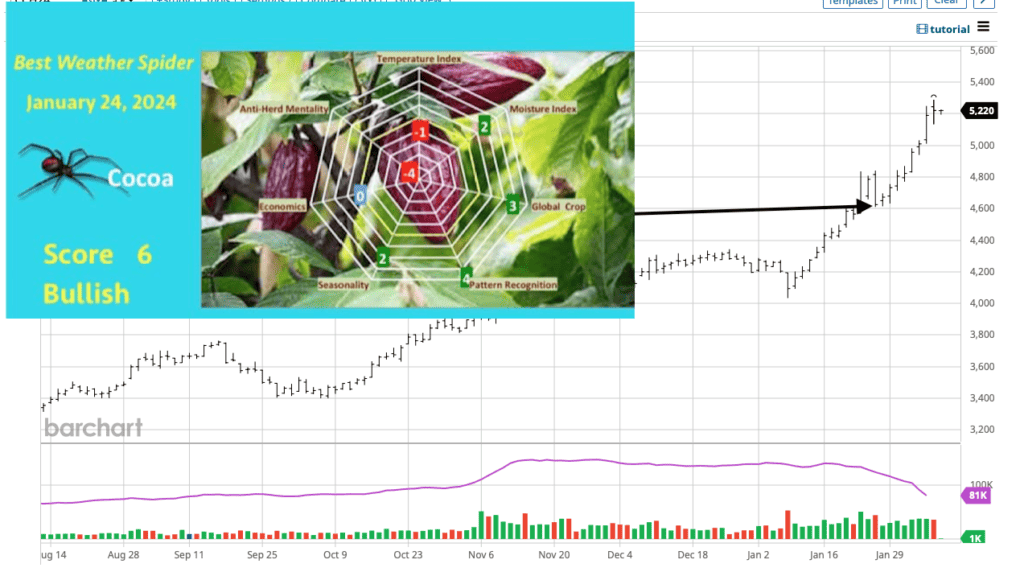
Not only are there new concerns about a hot, dry dusty Harmattan Wind, but previous fertilization and disease issues for West African farmers.
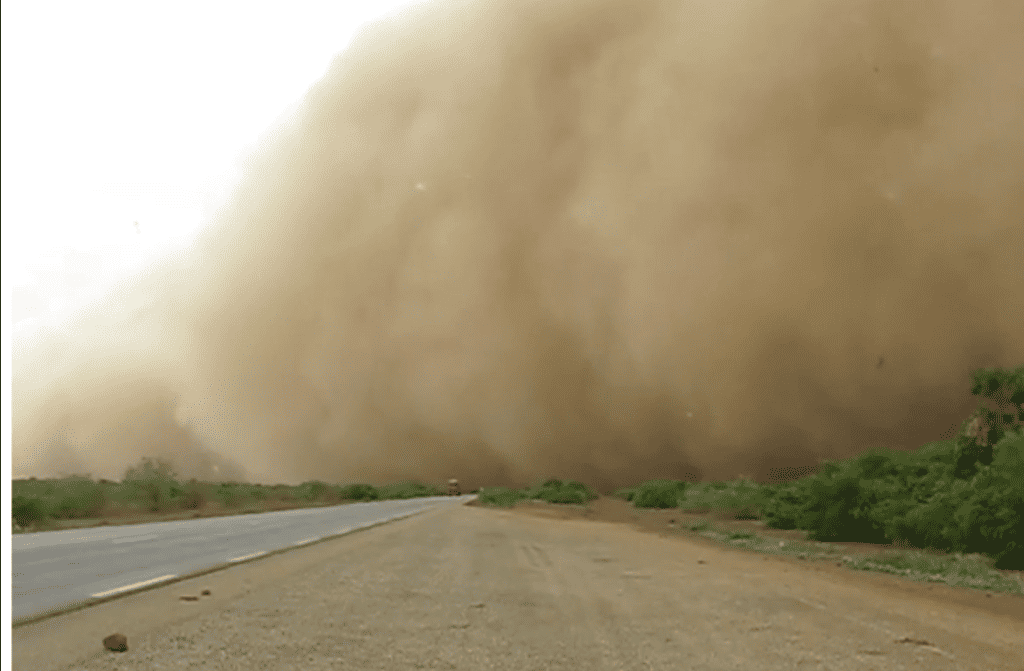
My weather spider was lowered to a +3 (slightly bullish) due to the record heavy long spec position (-4 scale anti-herd mentality) and the economic score that was lowered slightly as the “demand side of the equation.” Right now, however, there is panic by producers of not enough supply to meet demand.
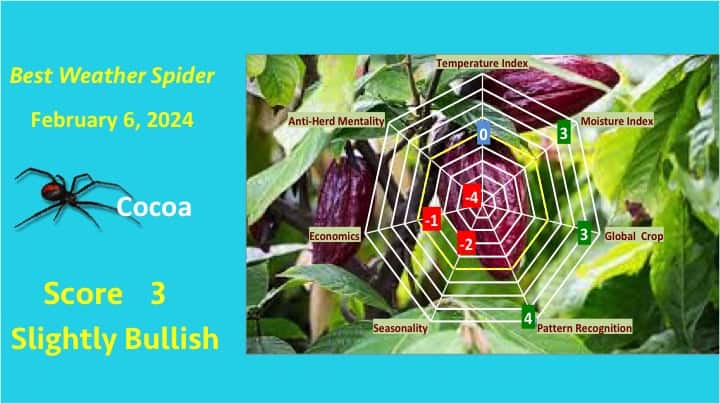
Which markets remain in bear trends due to poor demand, ample supplies, and/or bearish weather?
Most grain markets & natural gas
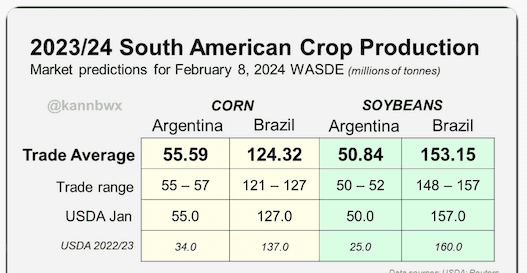
Even with relatively tight stocks of corn and soybeans and Thursday’s USDA report showing a further downgrade in the South American crops, demand remains poor and the weather will improve for South America.
While export inspections have improved for corn, notice how poor they have been for soybeans (down 24%) and wheat. This is the main reason, even with some previous South American problems that any chance of a. major bull market returning to grain futures is unlikely. This is on top of my summer forecast for generally good crops (stay tuned in the weeks and months ahead for my research).
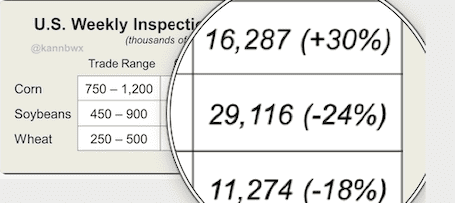
Even with big-time Argentina heat, the return of these rains deeper into February has soybeans remaining in a bear market. February is the most critical time of the year for the pod-setting stage in southern Brazil and Argentina.
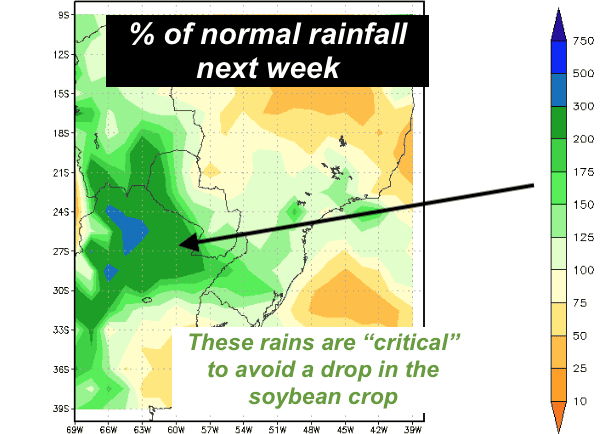
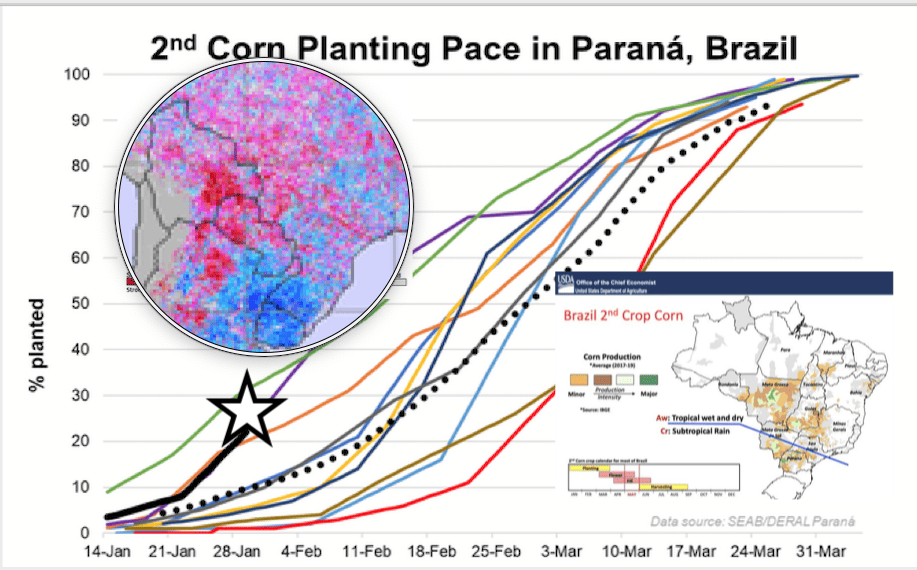
Rapid planting and improved rainfall this month should mean a decent Safhrina corn crop.
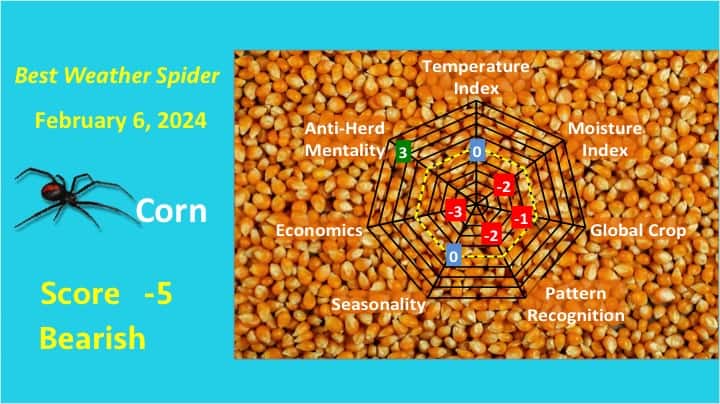
Fundamentals affecting the natural gas market
Bullish:
*Baker-Hughs rig counts are down, but this means nothing right now with ample supply and recent warm weather
*The COT on my weather spider is bullish (too many short the market)
*Colder weather will replace the near record warmth this week in the U.S. with a brief Polar Vortex coming by Feb 16th-20th.
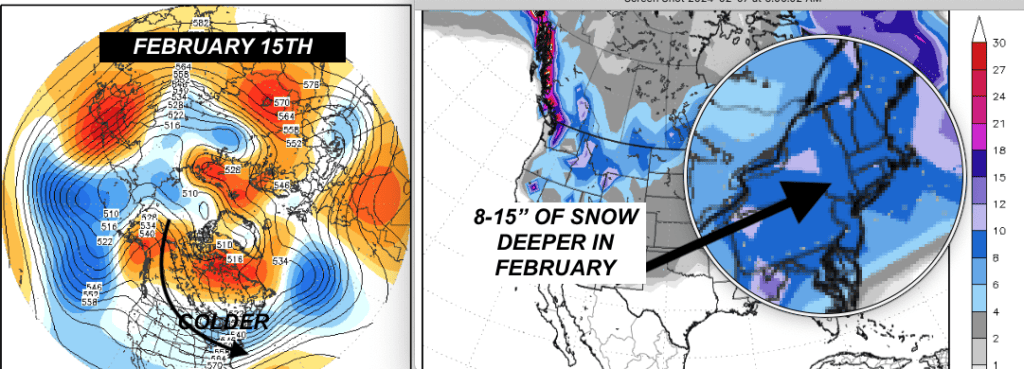
*A slightly colder than normal trend is likely into March as the Arctic Oscillation index is negative.
(THIS FORECAST below may be a bit too cold due to a warming planet and oceans and analog years 30-50 years ago that no longer apply)
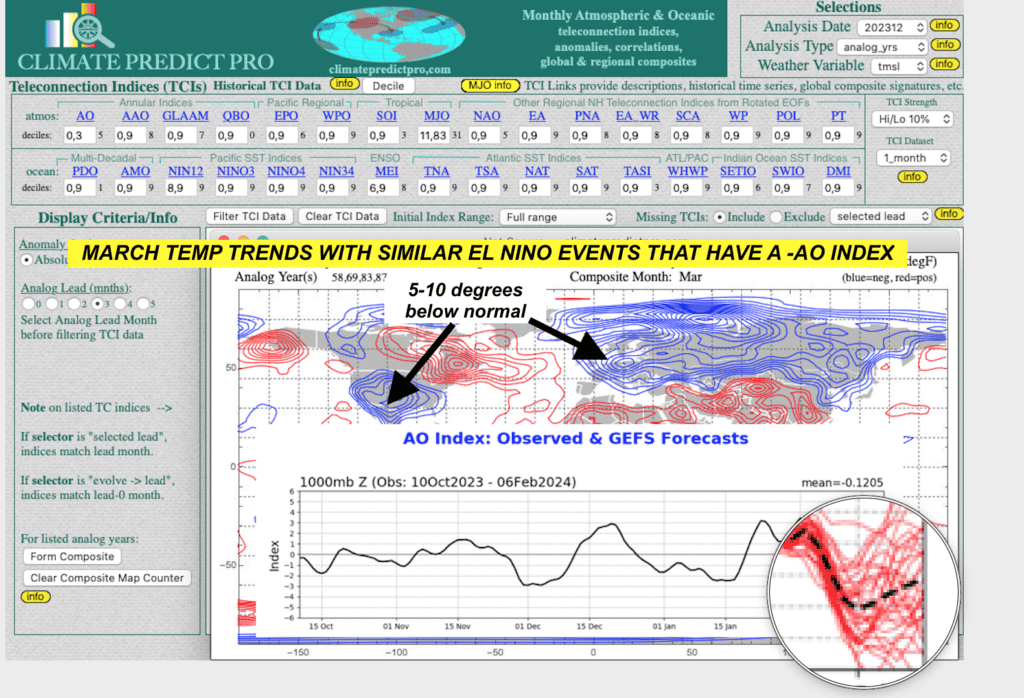
Bearish:
Very warm weather these past 2 weeks may result in a bearish EIA
No demand this week with temps 10-20 degrees above normal
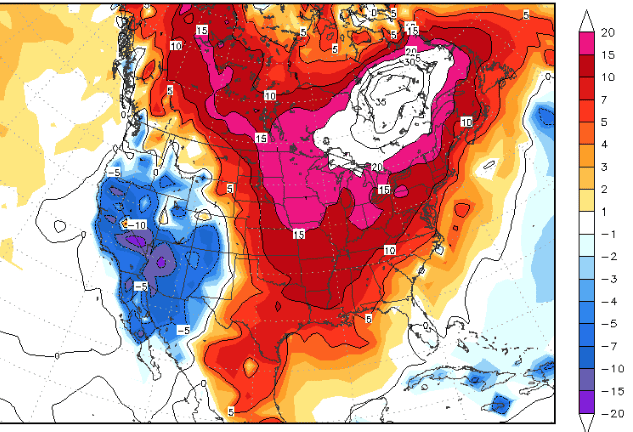
LNG exports are lagging due to warm European weather and an over-supply in Europe
The chart pattern and global economics
Stories like these:
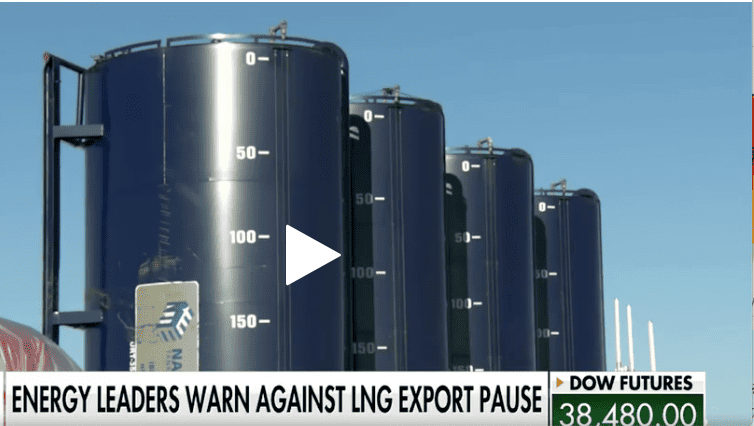
No squeeze situation (the real key). We are getting into late winter with no panic by producers and hedgers
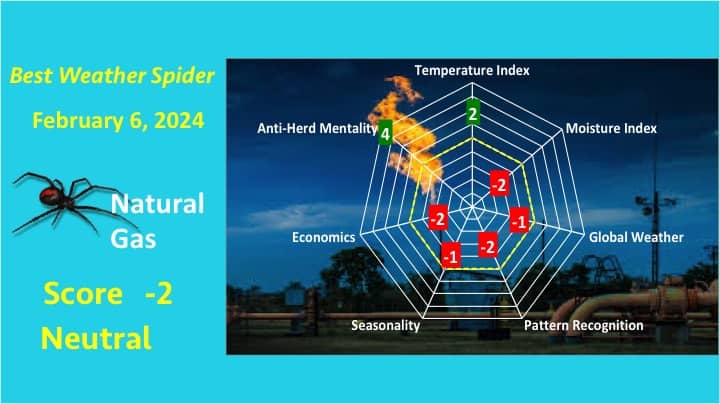
Which market seasonally goes lower, has improving weather, and too many specs leaning in one direction?
I would say coffee. Normally one of my best markets, prices have been whip-sawed around for weeks on various fundamentals and mixed news concerning how much damage the Brazil crop suffered in November and December from heat and dryness. The bottle-neck situation in the Red Sea has also affected the Robusta market.

Coffee prices have gone lower in the 13 of the last 15 years deeper into February and March.
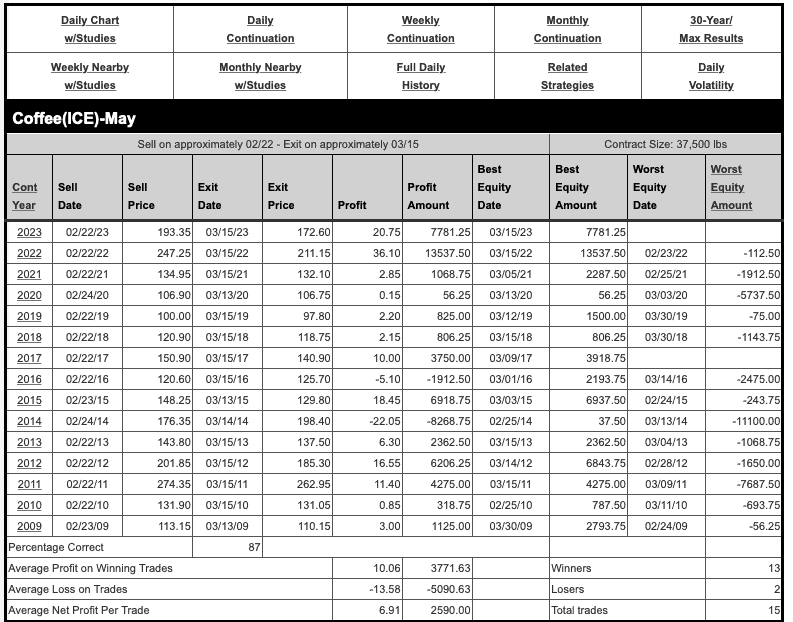
Weather Weirdos: Spring and summer weather forecast techniques for global commodities
I’m not quite as weird as this good-looking guy, but I am close (ha).
Anyway, I like to look at strange (weird) global weather events to predict the climate months in advance.
Case in point (one example), the incredible atmospheric rivers hitting the west coast of California. Three cases were an El Nino with similar storms. They are listed below (1983, 1988, 2016). I will discuss these years and other studies in the weeks and months ahead for the grain and soft commodity markets.



WeatherWealth Trade ideas
I will discuss markets such as corn, wheat, coffee, sugar, cotton, etc. as we go into the N. American growing season.
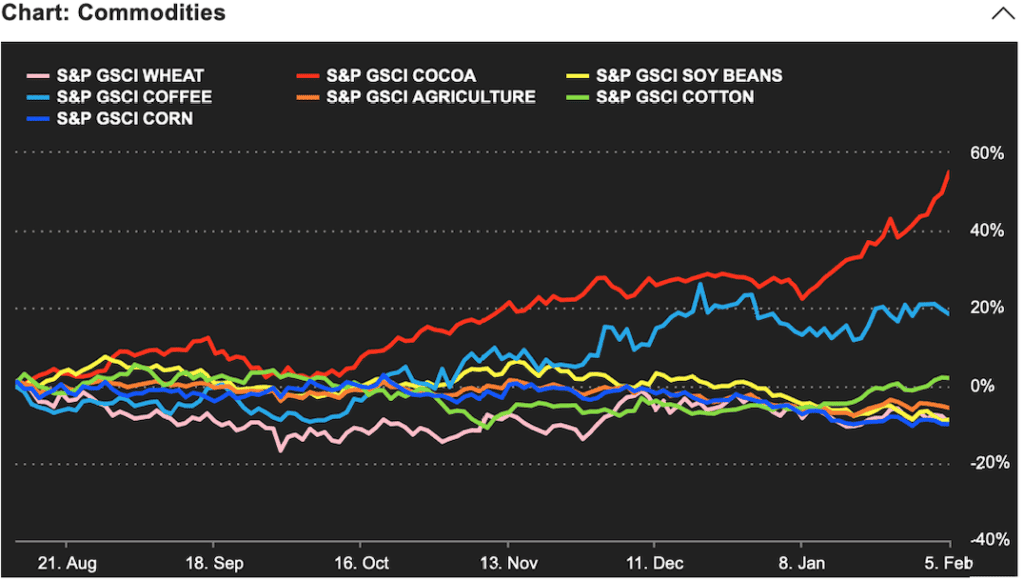
Cocoa: Major squeeze continues with historically high prices continuing
Some of you have emailed me about cocoa that you got in a week or two ago. Thank you for your nice comments, even though I did not formally put out a specific price to buy cocoa.
I remain cautiously bullish on cocoa, yes, even at these prices. Put protective stops in (preserve at least $2,000-$3,000 profit) if you happened to buy this market when my spider was bullish a few weeks ago. It is a bit late not (unfortunately) to buy call options and there are no ETFs, or this might have been a home run–too bad
Soybeans: Poor demand and rains coming to Argentina should prevent any major rally
The market is lower again on expectations for a bearish USDA report on Thursday and improved weather coming to Argentina next week. My spider was more cautious recently, advising, a longer-term sell in call options last week, some 25-30 cents higher than this in either May or November futures.
Natural gas: Big-time warmth this week, vs colder mid-late February trends but stocks are ample to absorb any cold weather
My weather spider has been in the neutral category (unsure this last week). It has been between a +2 and -2. Usually, in the neutral range, you do nothing. It may become slightly more bullish in a week or so.
I was mostly in the bearish (-4 to -6) camp since December; other than ahead of the quick polar vortex and subsequent rise to over $3.00 in February natural gas a few weeks ago).
Even so, I did advise traders to: (low confidence short term, moderate confidence in a week or two)
1)Possibly selling the April $1.90 put option earlier this week for about 10 cents ($1,000 a contract profit if we close above $1.90 later in March. Your risk is down to $1.90.
2)Also, taking a light long position in the ETF (boil) on further price weakness
3) Buying a mini-March natural gas contract that may be down 10 cents ($250 a contract)
Corn: Chart pattern and most fundamentals remain bearish
I remain longer-term bearish corn and have been since last summer


